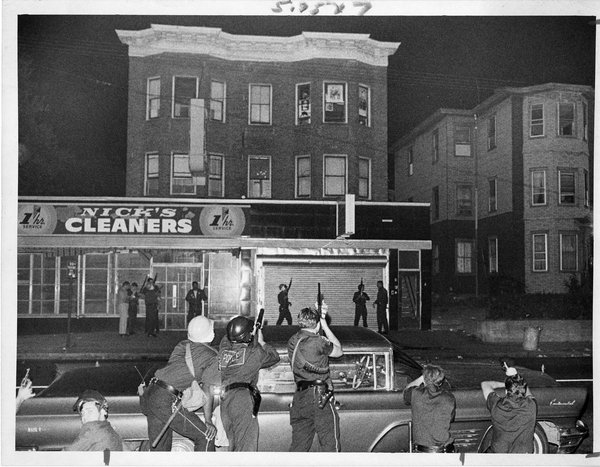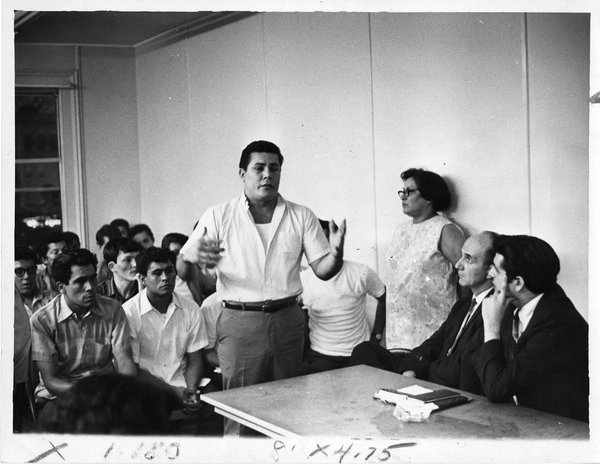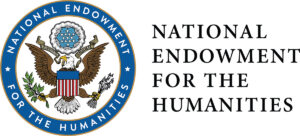Elena Marie Rosario, M.A.
Ph.D. Candidate in History, University of Michigan
TEACHER'S SNAPSHOT
Subjects:
African Americans, Civil Rights, Education, Latina/o Studies, Puerto Ricans, Race, Social Movements
Course Topics/Big Ideas:
Role of Connecticut in U.S. History, The Struggle for Freedom, Equality, and Social Justice
Town:
Hartford
Grade:
High School
Lesson Plan Notes
In the 1960s, several American cities witnessed incidents of civil unrest. Connecticut cities such as Hartford, Bridgeport, Waterbury, Middletown, New Britain, Stamford, Norwalk, and New London were not immune to the social upheaval of the times. In 1967, President Johnson formed the National Advisory Commission on Civil Disorders (Kerner Commission), which published its report on the civil unrest of the previous year in 1968. More unrest ensued, however, when the Reverend Dr. Martin Luther King Jr. was assassinated shortly after the report’s publication. Hartford saw incidents in 1967, 1968, and 1969 when its Black and Puerto Rican residents took to the streets to protest poor housing conditions, police brutality, and economic oppression.
ESSENTIAL QUESTION
SUPPORTING QUESTIONS
- What are some reasons people protest government policies or laws in their towns, cities, states, and country?
- How did people use civil disobedience to inspire change in their communities?
- What was the context of the civil unrest in 1967, 1968, and 1969 in Hartford?
ACTIVITY
1. Begin the class by reviewing the civil rights movement, war on poverty, and other major movements of the 1960s for historical context.
2. Briefly discuss terms and establish definitions as a class:
- Civil unrest
- Civil disorder
- Civil disobedience
3. Watch the C-Span interview with Dr. Elizabeth Hinton on the Kerner Commission (Source #1).
4. Have students pair up to discuss their thoughts and questions about the material presented in the video (Source #1) and have a short class discussion about some of the major causes of urban unrest in the 1960s.
5. Divide the class into two groups. One group will focus on the material in Resource Set A and the other on Resource Set B and answer the following questions:
- What information can you glean from these sources?
- What does the article tell you about Hartford in 1967/ 1969?
- What do you think is going on in the images?
- What do you think Hartford residents were trying to change in their community?
6. As a class, discuss some of the causes of civil unrest in the 1960s by considering issues that communities of color faced when interacting with police.
OPPORTUNITIES FOR ASSESSMENT
- Students will research another instance of civil unrest during the 1960s in Connecticut or any American city and compare and contrast it to what was happening in Hartford at the same time.
- Students will ask a family member or friend to share a social issue they have felt strongly about and discuss their experiences advocating for the issue or how they have seen people in their community do so.
- Students will write a journal entry to reflect on instances of civil unrest. What current issues are causing civil unrest? How do these current issues connect to movements from the past?
RESOURCE TOOL KIT
Source #1

C-Span interview on the Kerner Report with Historian Elizabeth Hinton.
Resource Set A
Tucker, Jean. “Causes of Riots Cited at NAACP.” July 15, 1967, The Hartford Courant. ProQuest Historical Newspapers, pg. 1.
Hartford Courant staff reporter Jean Tucker attends the NAACP Convention in Boston, MA, where she speaks to men at the event, including Wilber G. Smith of the Hartford Branch of the NAACP.

“Police with weapons outside Nick’s Cleaners, Hartford, 1967-1970.” Hartford History Center, Hartford Public Library.
Resource Set B
McNulty, Henry. “Puerto Rican Air Grievances.” August 15, 1969, The Hartford Courant. ProQuest Historical Newspapers, pg. 19.

“Puerto Rican Peter Castillo meets with city officials, Hartford, 1969.” Hartford History Center, Hartford Public Library.
ADDITIONAL RESOURCES
Places to GO
Hartford History Center, Hartford Public Library, 500 Main Street, Hartford
Things To DO
Check out Hartford Public Library’s Hartford Changemakers online database and their page about Charles “Butch” Lewis.
Visit the From Civil Rights to Human Rights exhibit online.
Websites to VISIT
An Interactive Map of Latino Urban Riots and Social Unrest
The Late 1960s: Unrest In Hartford from the Hartford Courant
Articles to READ
ConnecticutHistory.org:
- “The Language of the Unheard: Racial Unrest in 20th-Century Hartford” by Steve Thornton
- “The Rise of the Black Panther Party in Connecticut” by Steve Thornton
Close, Stacey. “Fire in the Bones: Hartford’s NAACP, Civil Rights, and Militancy, 1943–1969.” The Journal of Negro History. 86 (3): 228–263. 2001.
Brazil, Noli. “Large-Scale Urban Riots and Residential Segregation: A Case Study of the 1960s U.S. Riots.” Demography. Vol. 53, Issue 2. (January 2016): 567 – 595.



